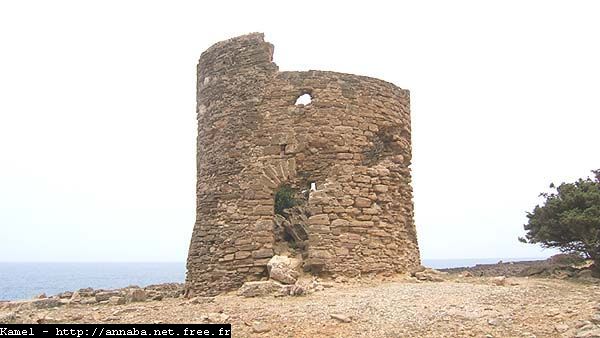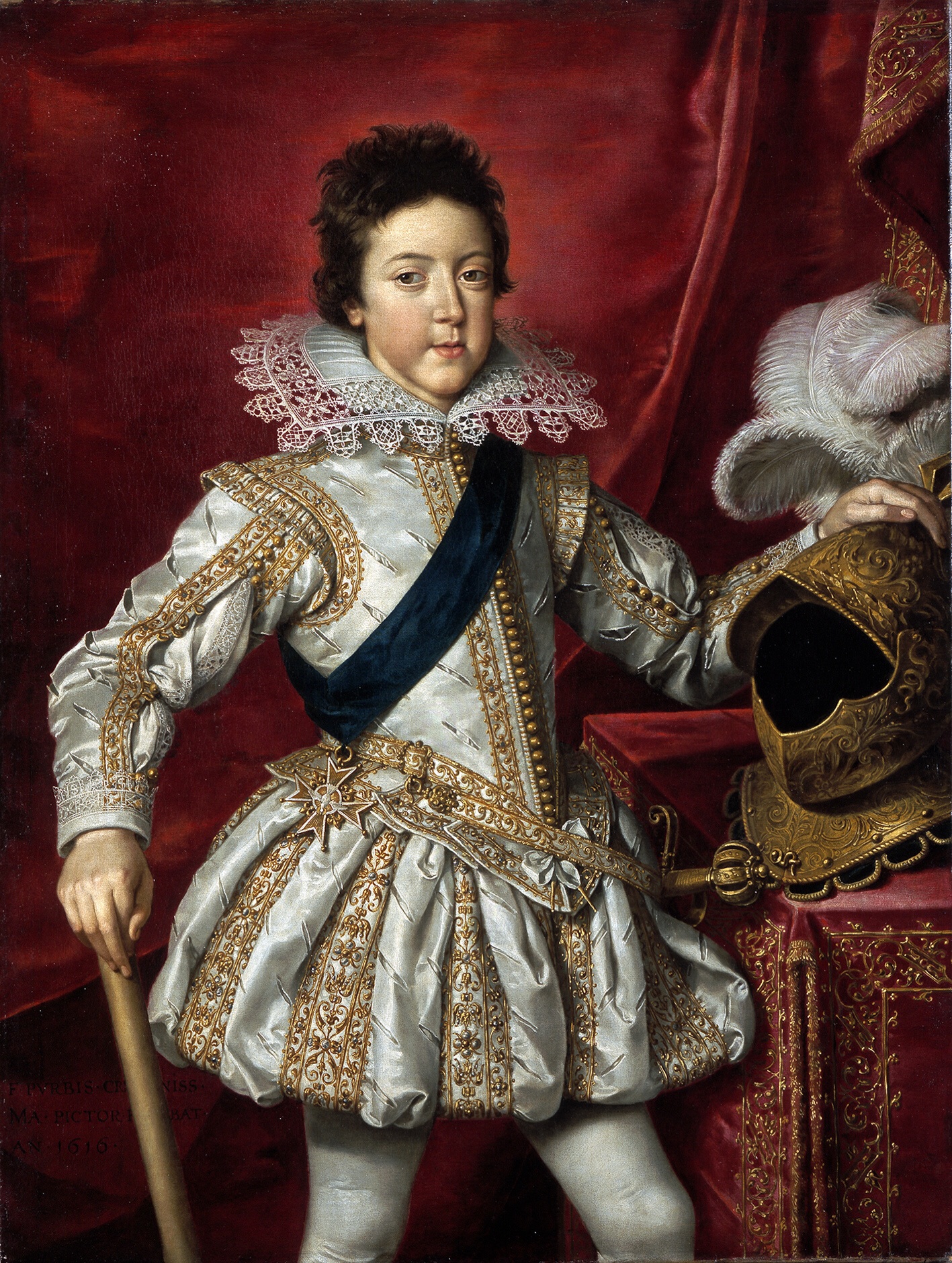|
Bastion De France
The Bastion de France was a trading post founded in the sixteenth century by French merchants of Corsican origin who had established themselves in North Africa near Annaba. It developed important commercial links with Marseille, especially in the valuable coral trade. It was demolished and rebuilt a number of times. Tomasino Lenche The Bastion de France was built in 1561 by Tomasino Lenche to secure his family's lucrative position in the coral fisheries off the North African coast. The Lenche family (also known as Linche, Lencio or Lenciu) were originally from Morsiglia (Cap Corse) and Tomasino Lenche had established himself in business in Marseille as early as 1533. In 1550, Sultan Selim II granted him the right to fish for coral at Massacarès, (Mers el-Kharez) near Annaba. The following year Henri II of France granted him a monopoly on this fishery, which was renewed in 1560 by Charles IX. In 1552 Tomasino established the ''Magnifique Compagnie du corail'' (''Magnificent ... [...More Info...] [...Related Items...] OR: [Wikipedia] [Google] [Baidu] |
Bastion La Calle
A bastion or bulwark is a structure projecting outward from the Curtain wall (fortification), curtain wall of a fortification, most commonly angular in shape and positioned at the corners of the fort. The fully developed bastion consists of two faces and two flanks, with fire from the flanks being able to protect the curtain wall and the adjacent bastions. Compared with the medieval fortified towers they replaced, bastion fortifications offered a greater degree of passive resistance and more scope for ranged defence in the age of Gunpowder artillery in the Middle Ages, gunpowder artillery. As Military engineering, military architecture, the bastion is one element in the style of fortification dominant from the mid 16th to mid 19th centuries. Evolution By the middle of the 15th century, artillery pieces had become powerful enough to make the traditional medieval round tower and curtain wall obsolete. This was exemplified by Hundred Years War#Fall of Gascony, the campaigns of Cha ... [...More Info...] [...Related Items...] OR: [Wikipedia] [Google] [Baidu] |
Catholic League (French)
The Catholic League of France (french: Ligue catholique), sometimes referred to by contemporary (and modern) Catholics as the Holy League (), was a major participant in the French Wars of Religion. The League, founded and led by Henry I, Duke of Guise, intended the eradication of Protestantism from Catholic France, as well as the replacement of King Henry III. Pope Sixtus V, Philip II of Spain, and the Jesuits were all supporters of this Catholic party. Origins Local confraternities were initially established by French Catholics to counter the Edict of Beaulieu in 1576. King Henry III placed himself at the head of these associations as a political counter to the ultra-Catholic League of Peronne. Following the repudiation of that edict by the Estates General, most of the local leagues were disbanded. Following the illness and death of Francis, duke of Anjou, heir to the French throne, on 10 June 1584, Catholic nobles gathered at Nancy. In December 1584, the League drew ... [...More Info...] [...Related Items...] OR: [Wikipedia] [Google] [Baidu] |
List Of Cultural Assets Of Algeria
List of cultural assets of Algeria includes monuments, natural sites and parks, and other cultural assets as classed by the Algerian Ministry of Culture. The Ministry's list was updated in September 2019 with 1,030 cultural assets across the country. Skikda Province has the highest number of assets at 131. Adrar Province There are 7 cultural assets in Adrar: 4 historical sites, 2 contemporary sites of cultural importance, and 1 nature reserve. Chlef Province Laghouat Province Oum El Bouaghi Province Batna Province Béjaïa Province Biskra Province Béchar Province Blida Province Bouira Province Tamanghasset Province Tébessa Province Tlemcen Province Tiaret Province Tizi Ouzou Provinc ... [...More Info...] [...Related Items...] OR: [Wikipedia] [Google] [Baidu] |
History Of The Mediterranean Region
The history of the Mediterranean region and of the cultures and people of the Mediterranean Basin is important for understanding the origin and development of the Mesopotamian, Egyptian, Canaanite, Phoenician, Hebrew, Carthaginian, Minoan, Greek, Persian, Illyrian, Thracian, Etruscan, Iberian, Roman, Byzantine, Bulgarian, Arab, Berber, Ottoman, Christian and Islamic cultures. The Mediterranean Sea was the central superhighway of transport, trade and cultural exchange between diverse peoples encompassing three continents: Western Asia, North Africa, and Southern Europe. Early history Lézignan-la-Cèbe in France, Orce in Spain, Monte PoggioloNational Geographic Italia – Erano padani i primi abitanti ... [...More Info...] [...Related Items...] OR: [Wikipedia] [Google] [Baidu] |
European Enclaves In North Africa Before 1830
The European enclaves in North Africa (technically ‘ semi-enclaves’) were towns, fortifications and trading posts on the Mediterranean and Atlantic coasts of western North Africa (sometimes called also "Maghreb"), obtained by various European powers in the period before they had the military capacity to occupy the interior (i.e. before the French conquest of Algeria in 1830). The earliest of these were established in the 11th century CE by the Italian Maritime republics; Spain and Portugal were the main European powers involved; both France and, briefly, England also had a presence. Most of these enclaves had been evacuated by the late 18th century, and today only the Spanish possessions of Ceuta, Melilla, and the Plazas de soberanía remain. Italian and Sicilian possessions Around the year 1000, small colonies of merchants began to appear in North Africa from the Republic of Amalfi and the Republic of Pisa. In 1133, Pisa negotiated a commercial treaty with the Almoravids, as ... [...More Info...] [...Related Items...] OR: [Wikipedia] [Google] [Baidu] |
Tabarka
Tabarka ( ar, طبرقة ') is a coastal town located in north-western Tunisia, close to the border with Algeria. Tabarka's history is a mosaic of Berber, Punic, Hellenistic, Roman, Arabic, Genoese and Turkish culture. The town is dominated by an offshore rock on which there remains a Genoese castle. Nationalist leader Habib Bourguiba, later president of post-independence Tunisia, was exiled on Tabarka by the French colonial authorities in 1952. Tourist attractions include coral fishing, the Coralis Festival of underwater photography, and its annual jazz festival. Name Tabarka was known to the Carthaginians as ( xpu, 𐤕𐤁𐤓𐤊𐤏𐤍). This was transcribed into Greek as ''Thaúbraka'' () and into Latin as ''Thabraca''. In modern day Berber it is known as ''Tabarka'' or ''Tbarga'', while its Arabic name is ''Ṭbarqa'' (). History Although older sources placed Thabraca within the Roman province of Numidia, recent ones agree on placing it in the Roman province of ... [...More Info...] [...Related Items...] OR: [Wikipedia] [Google] [Baidu] |
Béjaïa
Béjaïa (; ; ar, بجاية, Latn, ar, Bijāya, ; kab, Bgayet, Vgayet), formerly Bougie and Bugia, is a Mediterranean port city and commune on the Gulf of Béjaïa in Algeria; it is the capital of Béjaïa Province, Kabylia. Béjaïa is the largest principally Kabyle-speaking city in the region of Kabylia, Algeria. Geography The town is overlooked by the mountain ', whose profile is said to resemble a sleeping woman. Other nearby scenic spots include the ''Aiguades'' beach and the '' Pic des Singes'' (Peak of the Monkeys); the latter site is a habitat for the endangered Barbary macaque, which prehistorically had a much broader distribution than at present. All three of these geographic features are located in the Gouraya National Park. The Soummam river runs past the town. Under French rule, it was known under various European names, such as Budschaja in German, Bugia in Italian, and Bougie in French. The French and Italian versions, due to the town's wax trad ... [...More Info...] [...Related Items...] OR: [Wikipedia] [Google] [Baidu] |
Anne Hilarion De Costentin De Tourville
Anne-Hilarion de Costentin, Comte de Tourville (24 November 1642, Paris – 23 May 1701) was a French naval commander who served under King Louis XIV. He was made Marshal of France in 1693. Tourville is widely considered as one of the most celebrated admirals in French naval history and is usually counted as one of the greatest naval technicians of his time . Military career At age 17, as a Knight of Malta, he fought his first naval battle on a frigate of the Order of Malta. At 25, he joined the French Royal Navy and began an active career, fighting the 1673 campaign of the Franco-Dutch War on the '' Sans-Pareil'', at the Battle of Agosta where he was in command of the ''Syrene'', and later in command of the ''Sceptre''. He served under Abraham Duquesne during the campaigns of 1676, and became a commander in 1690 during the War of the Grand Alliance. He flew his personal flag on the '' Soleil-Royal'', where it would stay until the battle of La Hougue in 1692. At the Battle ... [...More Info...] [...Related Items...] OR: [Wikipedia] [Google] [Baidu] |
Bombardment Of Algiers (1683)
The bombardment of Algiers in 1683 was a French naval operation against the Ottoman Algeria, Regency of Algiers during the French-Algerian War 1681–88. It led to the rescue of more than 100 French prisoners, in some cases after decades of captivity, but the great majority of Christian captives in Algiers were not liberated. Background The previous year, Louis XIV had ordered Abraham Duquesne, Duquesne to Bombardment of Algiers (1682), bombard Algiers after the Dey declared war on France. At the head of a forty-strong fleet, Duquesne sailed to Algiers in July 1682, but bad weather delayed his attack. After several bombardments in August, the city suffered serious damage, but bad weather prevented the signing of a conclusive peace agreement, forcing Duquesne to return to France. In the Spring of 1683, Duquesne set to sea once again with a fleet of 17 ships of the line, 3 frigates, 16 galleys, 7 galiot, bomb galiots, 48 longboats, 18 fluyts and 8 tartanes. This was a larger for ... [...More Info...] [...Related Items...] OR: [Wikipedia] [Google] [Baidu] |
Louis XIII
Louis XIII (; sometimes called the Just; 27 September 1601 – 14 May 1643) was King of France from 1610 until his death in 1643 and King of Navarre (as Louis II) from 1610 to 1620, when the crown of Navarre was merged with the French crown. Shortly before his ninth birthday, Louis became king of France and Navarre after his father Henry IV was assassinated. His mother, Marie de' Medici, acted as regent during his minority. Mismanagement of the kingdom and ceaseless political intrigues by Marie and her Italian favourites led the young king to take power in 1617 by exiling his mother and executing her followers, including Concino Concini, the most influential Italian at the French court. Louis XIII, taciturn and suspicious, relied heavily on his chief ministers, first Charles d'Albert, duc de Luynes and then Cardinal Richelieu, to govern the Kingdom of France. The King and the Cardinal are remembered for establishing the ''Académie française'', and ending the revolt o ... [...More Info...] [...Related Items...] OR: [Wikipedia] [Google] [Baidu] |
Vue De La Colonie La Calle 1788
Vue or VUE may refer to: Places * Vue, Loire-Atlantique, a commune in France * The Vue, a skyscraper in Charlotte, North Carolina Arts, entertainment and media * Vue (band), a rock and roll band from San Francisco, California * Vue Cinemas, a cinema company in the United Kingdom * ''Vue Weekly'', an alternative newspaper in Edmonton, Canada * PlayStation Vue, a former American streaming service from Sony Television stations * KVUE, the ABC TV affiliate for Austin, Texas, US * WVUE (Wilmington, Delaware), a defunct TV station in Wilmington, Delaware, US * WVUE-DT, the Fox TV affiliate for New Orleans, Louisiana, US Brands and enterprises * Pearson VUE, an electronic testing company * Saturn Vue, a sport utility vehicle * Vue International, a multinational cinema holding company based in the UK * Vue Pack, single-serve coffee system by Keurig * Vue.ai, A Madstreetden brand based in the USA Science and technology * Villitis of unknown etiology, a placental injury Softwar ... [...More Info...] [...Related Items...] OR: [Wikipedia] [Google] [Baidu] |

.jpg)

_p275_TABARCA_CASTLE.jpg)

